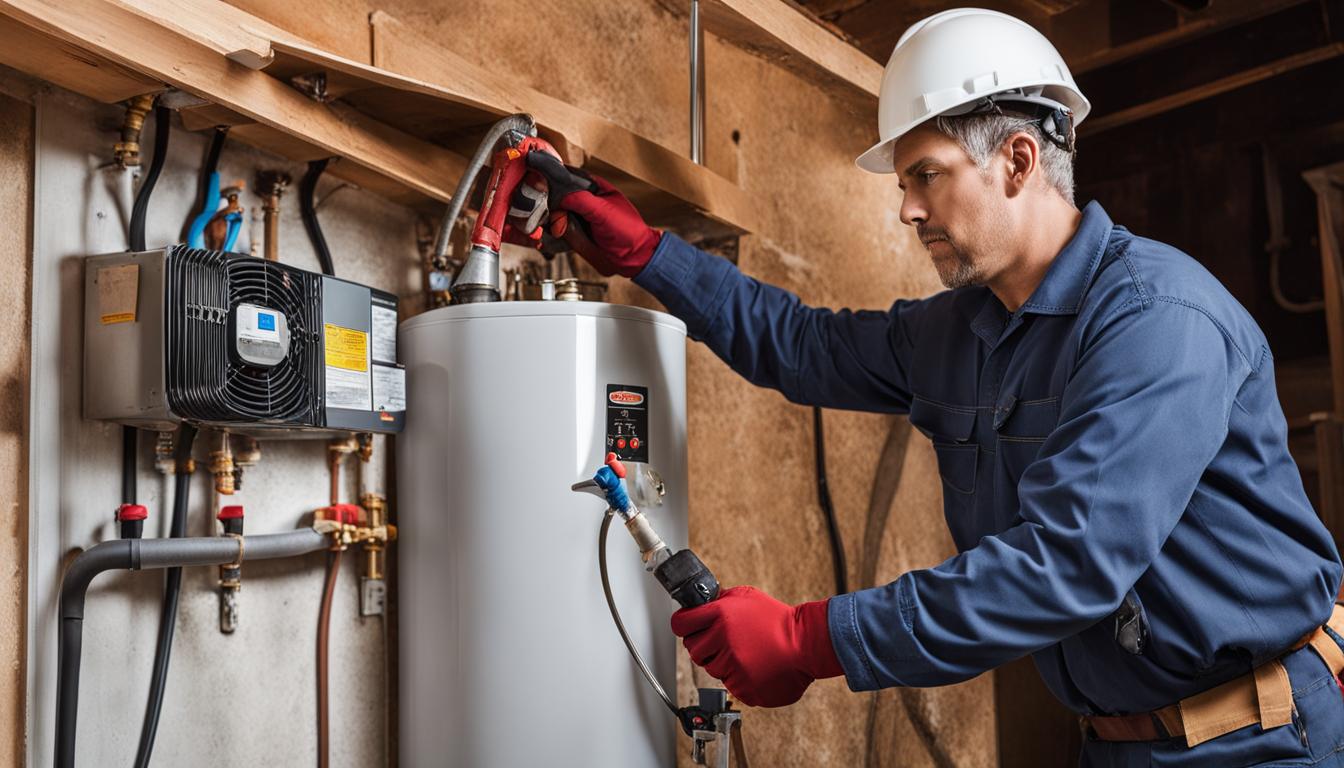Expert Advice on Maintaining Your Home's Hot Water System
Expert Advice on Maintaining Your Home's Hot Water System
Blog Article
Almost everyone is bound to have their own individual assumption when it comes to How to Maintain a Hot Water Heater in a Few Simple Steps.

Hot water is important for daily convenience, whether it's for a rejuvenating shower or washing recipes. To guarantee your hot water system runs efficiently and lasts much longer, regular maintenance is key. This write-up supplies functional suggestions and insights on how to preserve your home's hot water system to stay clear of interruptions and costly fixings.
Introduction
Keeping your home's hot water system may appear difficult, but with a couple of basic steps, you can guarantee it operates efficiently for many years ahead. This guide covers everything from understanding your warm water system to DIY upkeep tips and recognizing when to contact professional assistance.
Value of Maintaining Your Warm Water System
Routine upkeep not only expands the life expectancy of your hot water system yet likewise ensures it operates efficiently. Ignoring upkeep can cause reduced performance, higher power expenses, and also premature failing of the system.
Signs Your Hot Water System Needs Upkeep
Knowing when your hot water system requires interest can prevent major problems. Look out for indications such as irregular water temperature, odd sounds from the heating unit, or rusty water.
Comprehending Your Warm Water System
Before diving into upkeep jobs, it's helpful to understand the fundamental parts of your hot water system. Normally, this includes the hot water heater itself, pipelines, anode rods, and temperature level controls.
Monthly Maintenance Tasks
Regular regular monthly checks can aid catch minor issues prior to they escalate.
Flushing the Hot Water Heater
Purging your water heater eliminates sediment buildup, enhancing performance and prolonging its life.
Checking and Replacing Anode Rods
Anode rods avoid rust inside the storage tank. Evaluating and changing them when worn out is important.
Evaluating and Adjusting Temperature Setups
Readjusting the temperature level settings makes certain ideal efficiency and security.
Do It Yourself Tips for Upkeep
You can do a number of upkeep tasks yourself to keep your hot water system in leading problem.
Looking for Leakages
On a regular basis evaluate pipelines and links for leakages, as these can cause water damages and greater expenses.
Examining Stress Relief Valves
Checking the pressure safety valve ensures it works properly and stops extreme pressure buildup.
Insulating Pipelines
Protecting hot water pipelines decreases heat loss and can conserve power.
When to Call an Expert
While DIY upkeep is beneficial, some issues require professional experience.
Complicated Issues Calling For Specialist Assistance
Instances include significant leakages, electrical troubles, or if your water heater is consistently underperforming.
Regular Specialist Maintenance Benefits
Specialist maintenance can consist of extensive inspections, tune-ups, and guaranteeing conformity with security standards.
Final thought
Regular upkeep of your home's hot water system is necessary for performance, longevity, and price savings. By adhering to these suggestions and recognizing when to seek specialist assistance, you can ensure a reliable supply of hot water without unanticipated interruptions.
How to Maintain an Instant Hot Water Heater
Before tinkering with your hot water heater, make sure that it’s not powered on. You also have to turn off the main circuit breaker and shut off the main gas line to prevent accidents. Also turn off the water valves connected to your unit to prevent water from flowing into and out of the appliance. 2. When you’re done, you have to detach the purge valves’ caps. These look like the letter “T†and are situated on either side of the water valves. Doing so will release any pressure that has accumulated inside the valves while at the same time avoid hot water from shooting out and burning your skin. 3. When the purge valves’ caps are removed, you have to connect your hosing lines to the valves. Your unit should have come with three hoses but if it didn’t, you can purchase these things from any hardware or home repair shops. You can also get them from retail stores that sell water heating systems. Read the user’s manual and follow it to complete this task properly. When the hosing lines are connected, open the purge port’s valves. 4. You should never use harsh chemical cleaners or solutions when cleaning your unit. Make use of white vinegar instead. It should be undiluted and you’ll probably use about 2 gallons. 5. Now flush your water heater. This task should probably take about 40 minutes. We can’t give you specific directions for this because the procedure is carried out depending on the type, model and brand of your heater. With that being said, refer to the user’s manual. 6. When you’re done draining the unit, you have to turn off the purge port valves again. Remove the hosing lines that you earlier installed on each of the water valves. Put the valve caps (purge port) back in their respective places and be very careful so as not to damage the rubber discs that are found inside these caps. 7. Now that everything’s back in place, check your user’s manual again to find out how to reactivate your water heating system. 8. Once it is working, turn one of your hot water faucets on just to let air pass through the heater’s water supply pipes. Leave the tap on until water flows smoothly out of it. https://www.orrplumbing.com/blog/2014/september/how-to-maintain-an-instant-hot-water-heater/

Do you enjoy reading up on Tips on Maintaining a Water Heater? Create feedback down below. We'd be pleased to listen to your responses about this blog posting. We hope that you visit us again later on. Are you aware of another person who is intrigued by the niche? Feel free to share it. I love reading our article about Tips on Maintaining a Water Heater.
Check This Out Report this page